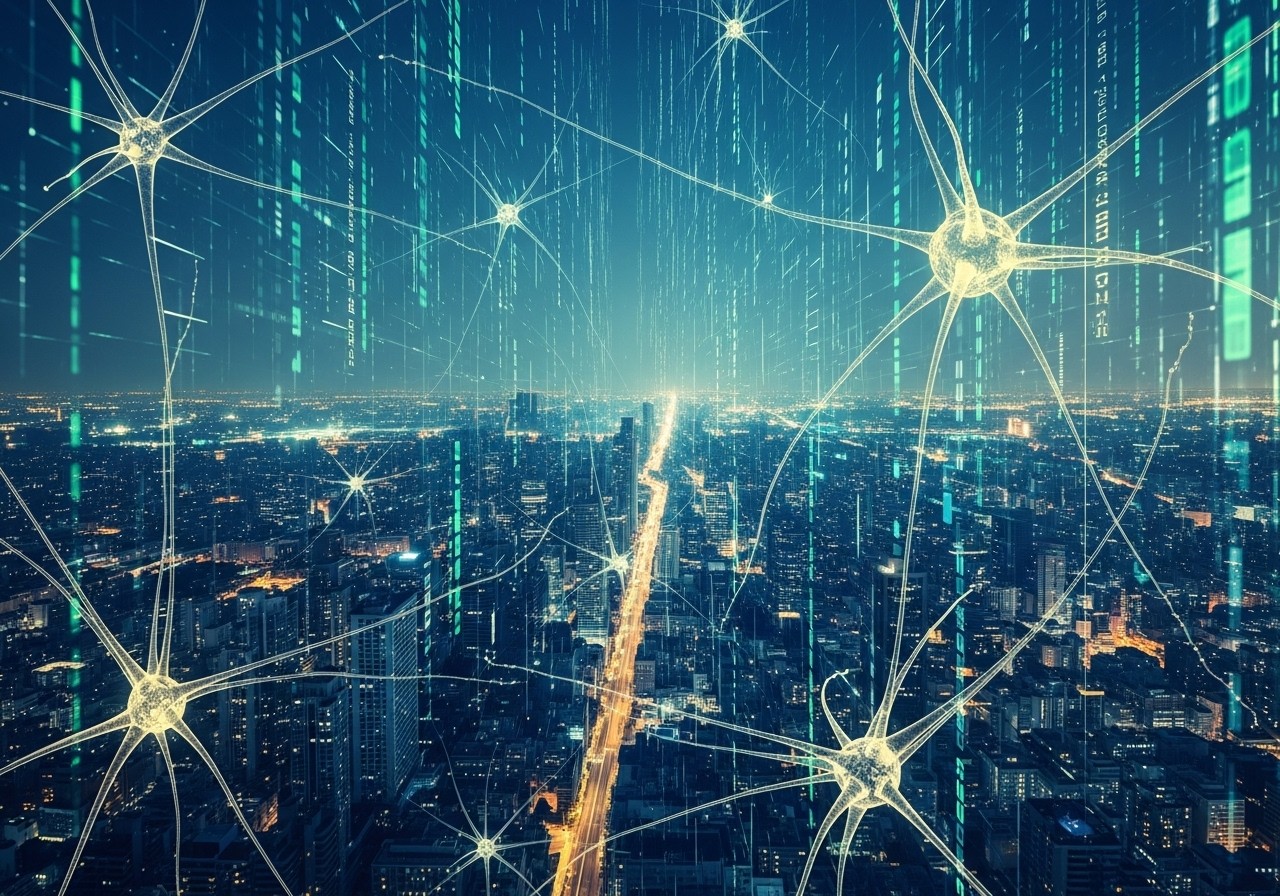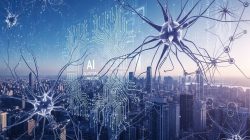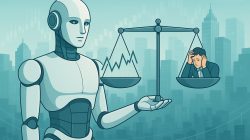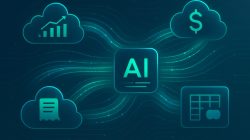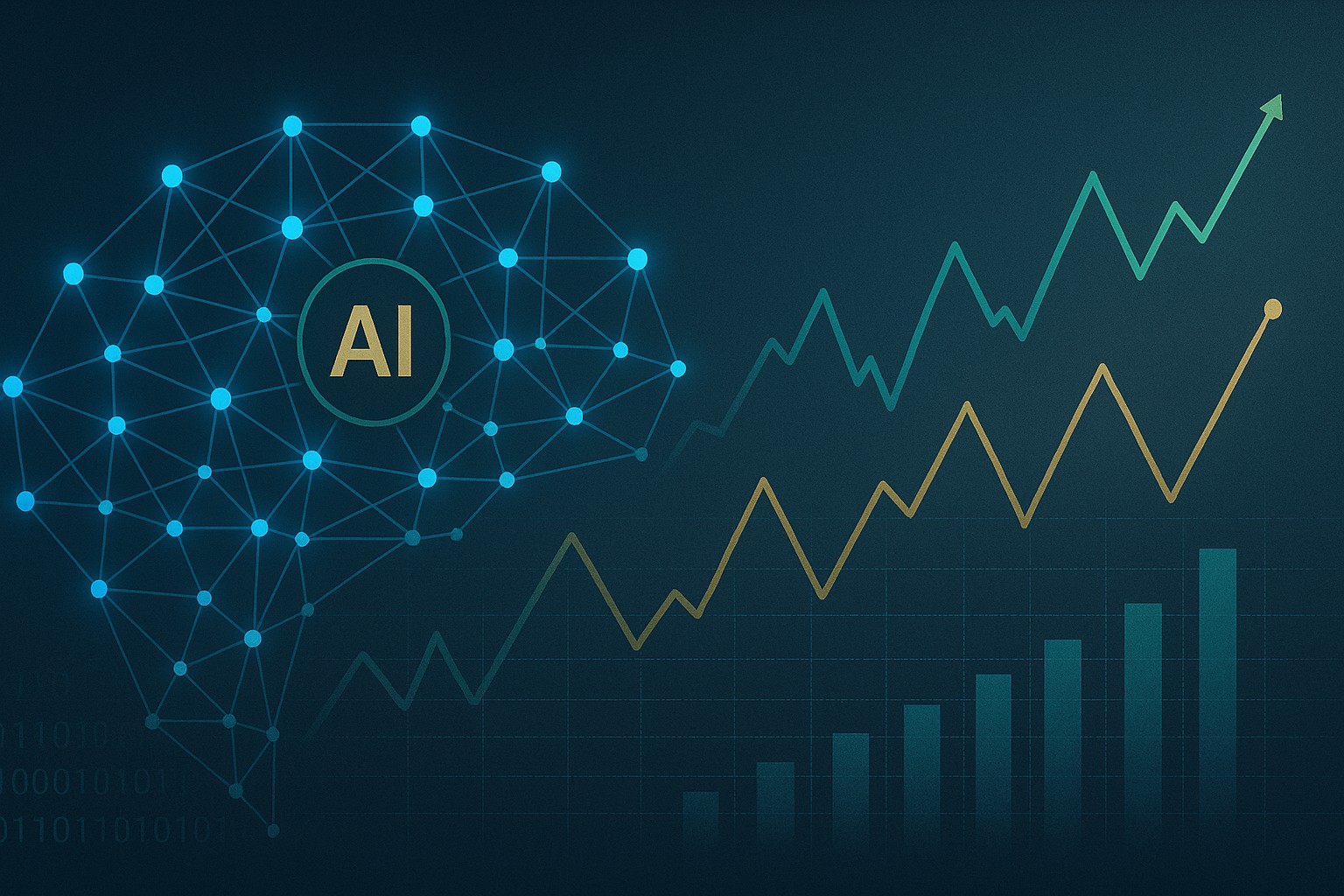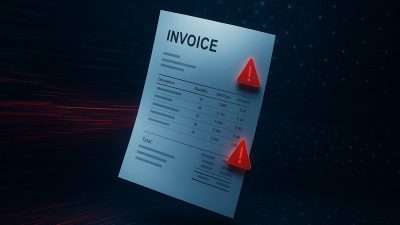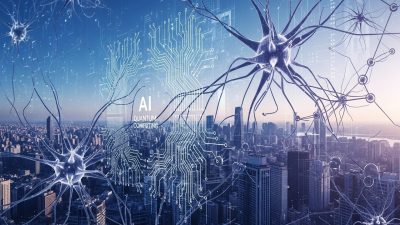Economic policymaking is inherently a complex and high-stakes endeavor. Decisions made by governments and central banks can have profound and long-lasting consequences on businesses, individuals, and the overall stability of the global economy. Traditionally, policymakers have relied on a combination of economic theories, historical data, and statistical models to predict the potential impacts of their decisions. However, these traditional methods often fall short in capturing the intricate dynamics and interconnectedness of modern economies. This is where Artificial Intelligence (AI) is stepping in to revolutionize the field, offering powerful tools for simulating economic policy impacts with unprecedented accuracy and speed.
The Limitations of Traditional Economic Modeling
Before delving into the capabilities of AI, it’s crucial to understand the limitations of traditional economic modeling. Conventional models, such as Dynamic Stochastic General Equilibrium (DSGE) models, are often based on simplifying assumptions and linear relationships, which may not accurately reflect the real world. They can struggle to incorporate complex factors like behavioral biases, technological disruptions, and geopolitical uncertainties. Moreover, these models typically require extensive data and computational resources, making them time-consuming and expensive to develop and maintain. The 2008 financial crisis exposed some of the weaknesses inherent in traditional economic modeling, highlighting the need for more robust and adaptive approaches. The ability to account for unforeseen shocks and feedback loops is paramount in today’s rapidly changing global landscape. Furthermore, the inherent biases within datasets used to train traditional models can lead to skewed results and inaccurate predictions, thus limiting their efficacy in real-world policy applications.
AI: A Paradigm Shift in Economic Simulation
AI, particularly machine learning (ML), offers a fundamentally different approach to economic simulation. ML algorithms can learn from vast amounts of data, identify complex patterns, and make predictions without being explicitly programmed. This allows them to capture non-linear relationships, adapt to changing conditions, and incorporate a wider range of factors than traditional models. Several types of AI techniques are being applied to economic policy simulation, including:
- Neural Networks: These algorithms can learn highly complex relationships between economic variables, making them well-suited for forecasting and scenario analysis.
- Agent-Based Modeling (ABM): ABM simulates the behavior of individual agents (e.g., consumers, firms, banks) and their interactions, providing a bottom-up perspective on economic dynamics.
- Reinforcement Learning: This technique allows AI agents to learn optimal policies by trial and error, simulating the effects of different policy interventions in a dynamic environment.
The advantages of using AI in economic simulation are numerous. AI models can process massive datasets, including real-time data from various sources, allowing for more timely and accurate predictions. They can also identify previously unknown relationships between economic variables, leading to new insights and a deeper understanding of economic dynamics. Moreover, AI models can be continuously updated and refined as new data becomes available, making them more adaptive and resilient to unforeseen shocks. By using AI, economists and policymakers can explore a wider range of policy options and assess their potential impacts with greater confidence, optimizing their decisions to achieve the desired outcomes.
Examples of AI in Action: Policy Use Cases
AI is already being used in various economic policy applications around the world. Central banks are using ML to improve inflation forecasting, detect financial fraud, and assess the stability of the financial system. Governments are using AI to optimize tax policies, predict unemployment rates, and evaluate the impact of infrastructure investments. For example, AI can be used to simulate the effects of a tax cut on consumer spending and economic growth, taking into account factors such as income distribution, consumer confidence, and the overall state of the economy. It can also be used to assess the potential impact of a new trade agreement on different industries and regions, identifying potential winners and losers. Furthermore, AI-driven models can help in designing more effective social safety nets by predicting which individuals are most vulnerable to economic shocks and tailoring assistance programs accordingly. The ability to forecast the impact of various policy interventions in near real-time provides a crucial advantage for proactive economic management.
Challenges and Considerations
While AI offers tremendous potential for improving economic policy simulation, it also presents several challenges and considerations. One of the main challenges is data availability and quality. AI models require vast amounts of clean and reliable data to train effectively. In some cases, data may be incomplete, biased, or simply unavailable, which can limit the accuracy and reliability of AI predictions. Another challenge is model interpretability. Some AI models, such as deep neural networks, can be difficult to understand, making it challenging to explain their predictions to policymakers and the public. This lack of transparency can erode trust in AI-driven policy recommendations. Ethical considerations are also paramount. AI models can perpetuate existing biases if they are trained on biased data, leading to unfair or discriminatory outcomes. It is crucial to ensure that AI models are developed and used in a responsible and ethical manner, with appropriate safeguards in place to prevent bias and ensure fairness. Moreover, the potential for job displacement due to AI-driven automation needs to be carefully considered, and policies should be implemented to mitigate the negative impacts on workers. Ongoing research and development are necessary to address these challenges and ensure that AI is used effectively and responsibly in economic policy simulation.
The Future of AI in Economic Policymaking
The future of AI in economic policymaking is bright. As AI technology continues to advance and data availability improves, we can expect to see even more sophisticated and accurate AI models being used to simulate economic policy impacts. These models will be able to incorporate a wider range of factors, adapt to changing conditions, and provide policymakers with more timely and actionable insights. However, it is important to recognize that AI is not a silver bullet. It is a tool that should be used in conjunction with human expertise and judgment. Policymakers should not blindly rely on AI predictions but should instead use them to inform their decisions, taking into account other factors such as political considerations and social values. The successful integration of AI into economic policymaking will require a collaborative effort between economists, data scientists, and policymakers, working together to develop and implement AI solutions that are both effective and ethical. By embracing AI and addressing its challenges, we can unlock its full potential to create a more stable, prosperous, and equitable economy for all.
Conclusion: Embracing the AI Revolution in Economics
AI is poised to transform the way we approach economic policy, offering unprecedented opportunities for simulating policy impacts and optimizing decision-making. While challenges remain, the potential benefits of AI are too significant to ignore. By embracing AI and addressing its challenges, we can create a more informed, agile, and effective economic policymaking process, leading to better outcomes for businesses, individuals, and the global economy as a whole. The key lies in responsible development, transparent implementation, and continuous refinement, ensuring that AI serves as a powerful tool for enhancing human understanding and improving the well-being of society.
